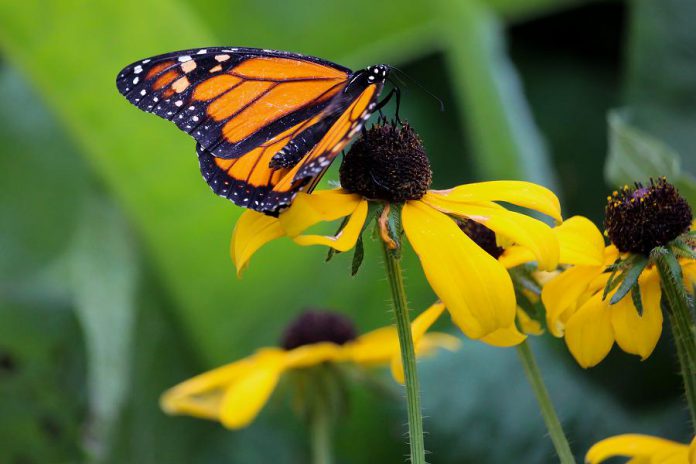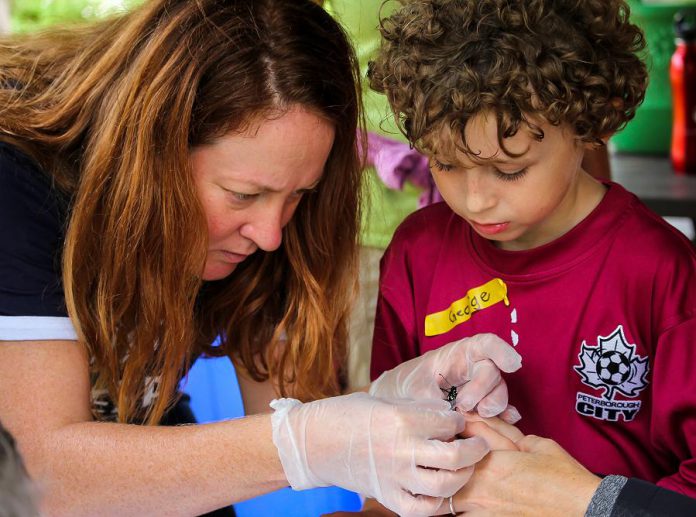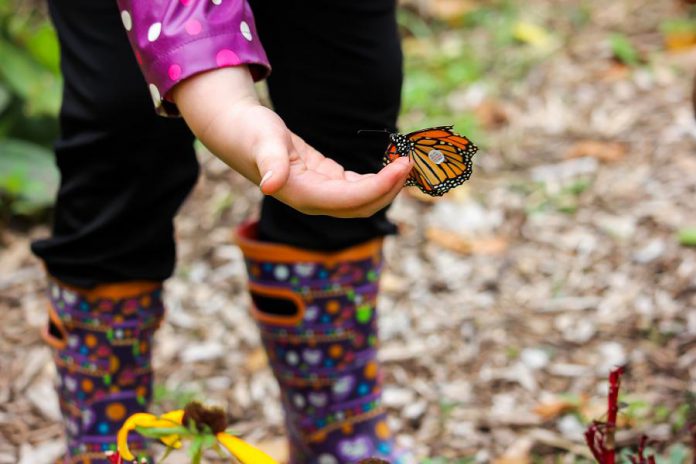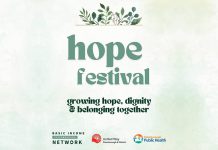
GreenUP is excited to celebrate this special time of year when monarch butterflies visit our gardens to sample the abundant nectar from flowers and search for a once common plant: milkweed.
From 10 a.m. to 1:30 p.m. on Sunday, August 14th, GreenUP in collaboration with Kawartha Land Trust will be running a Monarch Butterfly Field Workshop at a rural property in Lakefield.
In this workshop, participants will learn about the life-cycle and habitat of the monarch butterfly, collect larvae, and help GreenUP gather data for two citizen-science projects.
Participants will also have the option to learn how to create a monarch-rearing tent, and, in doing so, will be able to follow the monarch’s amazing metamorphosis from caterpillar to butterfly.
Sadly, monarch butterflies are vanishing at an alarming rate. According to Monarch Watch, since March 2013 the North American population of monarch butterflies has declined by 59% — the lowest recorded population status since 1975.

How can we explain such a sharp decline in monarchs?
Unstable weather patterns, which bring harsh storms and erratic temperatures, are contributing factors to this decline. Another important factor is the availability and distribution of milkweed throughout the monarch’s habitat range. Monarchs depend on milkweed for both food and breeding.
Milkweed is the host plant for monarch butterflies. When the larvae (monarch caterpillar) emerges, it feeds exclusively on this plant until its magical metamorphosis occurs.
In recent years, we’ve witnessed a decline in milkweed. This is especially true in North America where the plant is eradicated with herbicides in agricultural areas.
Not long ago, milkweed was considered a nuisance plant, especially to farmers. The abundant seed heads germinate and grow into large plants that take over production fields.
But, thanks to researchers and citizen scientists throughout North America, we began to appreciate the relationship between milkweed and monarch butterfly populations and now encourage milkweed to be planted or left where it grows.

Swamp Butterfly Milkweed and Common Milkweed are the varieties that grow in the Peterborough region. Female monarchs search for these varieties to lay their eggs upon.
GreenUP Ecology Park plant nursery sells Swamp Milkweed this time of year, which is suitable for sunny sites with moist soil conditions. A variety of native nectar-rich Ontario plants, which adult butterflies love, are also available to purchase.
Monarch butterflies begin their life as an egg laid on the underside of a milkweed leaf. Three to five days later, the eggs hatch and larvae emerges. It’s in this caterpillar stage that monarchs do most of their growing.
They begin life by eating the eggshell they emerged from and then feed on the milkweed plant. The monarch larvae, called instars, grow up to 2000 times their original size, molting and shedding skin as they grow.

During their final growth stage as an instar, a pupae is developed and quickly hardens and transforms into a chrysalis. The chrysalis hangs from a silk pad spun by the caterpillar in the earlier stage of growth. The chrysalis stage lasts between nine and fourteen days.
After this time has passed, the monarch butterfly slowly wiggles free from the chrysalis and pumps fluid from its body into its wings. The butterfly clings to its former home, allowing its wings to dry and stretch out before finally taking flight in search of nectar-rich flowers.
Butterflies that emerge this time of year are the final generation and will be faced with the daunting task of migrating south to ancient overwintering grounds in central Mexico. Here, they will cluster together, suspended in the Oyumel fir trees, waiting out the long winter in the north. Unfortunately, many won’t safely make it there and back.
To flourish, monarchs need a “milkweed corridor” that extends from their northern range in Ontario, all the way along their migration route through Texas and into Mexico. You can do your part to help the monarchs by planting milkweed in your backyard and leaving milkweed to grow naturally in our parks and roadways.

Join us on August 14 to discover this fascinating life-cycle of monarch butterflies. Workshop registration is $20 per adult and $5 per child. You can register online at www.greenup.on.ca under GreenUP Ecology Park.
Please contact Marcy at marcy.adzich@greenup.on.ca or at 705-745-3238 ext. 212 for more information.


























